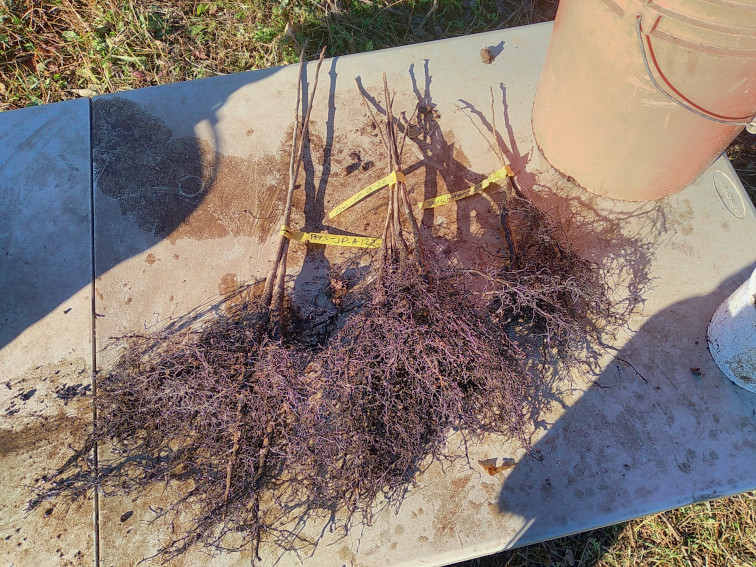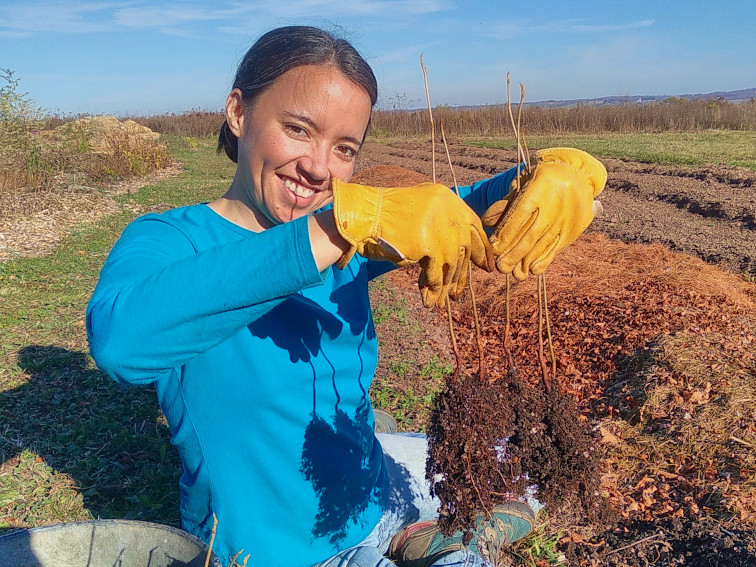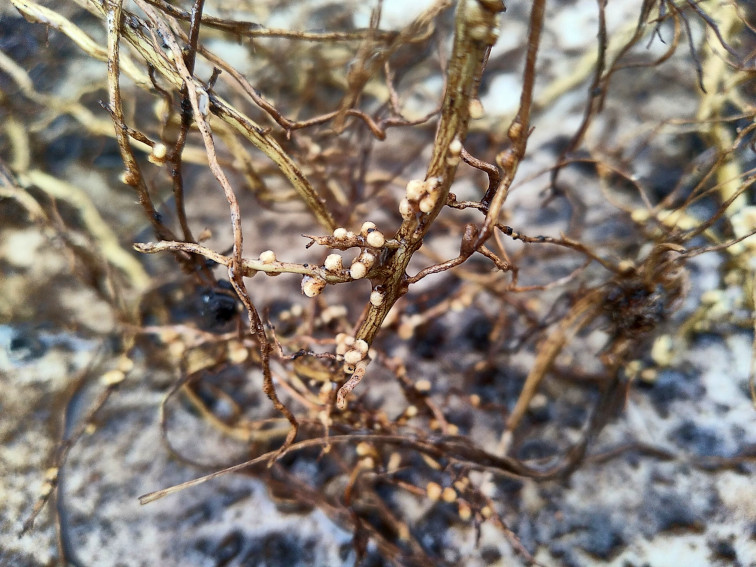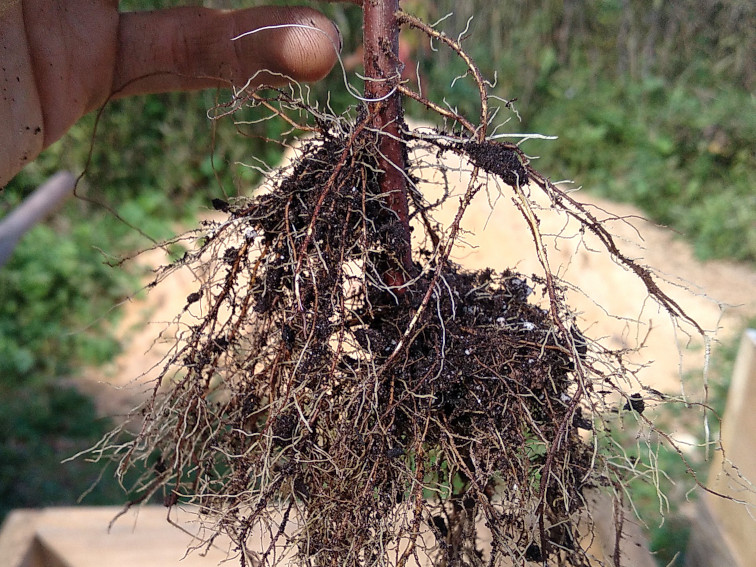
The Basics of
Bare Root
Bare root is:
- A way of growing plants
- A way of transplanting (moving) plants
- A relationship between people and plants.
How Are Bare Root Plants Grown?
All the plants I offer have grown in one of two ways:
- In the ground, which is a plants favorite place to live
- Or, in specially designed growing trays, which are preferred or required by certain plants in cultivation
Growing these ways benefits the plants by allowing them to form their naturally expansive root systems. When we think of plants we usually think of their above ground parts, but the root systems of plants are equally as important. Roots feed the plant, get it water to drink, and help stabilize the plant so it can stand upright.
By contrast, if a plant is grown in a pot, its root system can be constricted; and just like people, if your root system is constricted it can affect your long term health. Pots must also be watered constantly, increasing labor and infrastructure costs for nurseries, which increases the cost of the plants, and contributes to waste (virgin plastic pots) and pollution (runoff from fertilizers in water).
Plants which have grown for just a single season look small relative to the big plants you often see in pots at garden stores. Unfortunately, plants with large tops and roots crammed into a pot are highly imbalanced. Plants in their natural state have root systems roughly proportional in size to their tops.
So, while most plants I have are under 2 ft tall and many are under 1 ft tall, the plants are well balanced and healthy and have not been growing in stressful conditions.
It is generally accepted that for each inch of stem diameter, you can expect a tree to take one year to get established when it is moved. So, the smaller the tree, the quicker it can get established and independent (with a little help from us)!

When Do We Move Bare Root Plants?
Bare root plants are dug out of the ground just before you take them home. The soil is brushed away from the roots, which are then bare and exposed. Left in this state, a plant can die quickly as the roots dry out.
To prevent bare roots from drying out, plants are packaged in a light material like sawdust for transportation from the nursery to the final planting site. Many plants can be packaged together in a bundle that you can carry in your arms.
The specific time the plants are dug up is very important. I only dig up plants in fall after the plants are satisfactorily dormant for winter, or in spring before they leaf out. There are no predefined dates that these conditions occur, but generally we are talking about a period lasting from late fall to early spring.
During the periods of winter where the ground is frozen, plants can’t be dug up and replanted. However, any other time when the ground is thawed plants can be dug up and moved!
Regardless of when they are dug, bare root plants should be planted as soon as possible after you receive them. Getting the plants back in the ground where they like to be is important, and when plants are given close attention in this way, the shock to the plant of moving locations is greatly reduced in comparison to being planted out in the heat of summer.

The Bare Root Relationship
We are working with the seasons, working with the natural tendencies of plants, and prioritizing plants needs over our own.
In nature, the place a seed sprouts is the place where that plant intends to live for the rest of its life. However, in nature seeds and young plants are also excellent, nutritious food for animals, and many don’t survive passed the first year.
By growing plants in a bare root nursery, we are really giving plants the ultimate opportunity to reproduce and continue their lives forward: we protect quantities of seeds and start them in a protected, fertile environment. Then we let the plant grow in the soil for one year, maybe two, and then take it comfortably to its final home where it can receive attention and support until it can live independently.
When we allow plants to be themselves, they form strong, extensive root systems. Thanks to the quality of these root systems, bare root plants generally don’t need to be watered after they are planted. The other reason bare roots plants generally don’t need to be watered in is because a dormant plant is not using much water, so the moisture in the soil in fall or spring is very likely adequate.
The cost? Not much. You get a healthy, happy plant, and the most difficult part is getting a little dirty in late fall or early spring.
By engaging in the bare root relationship, we’re changing the perspective of our values. Instead of making the desires of the planter the highest priority, we are prioritizing the needs and desires of the plants. This is an excellent, direct way to deepen our closeness with the environment around us!
